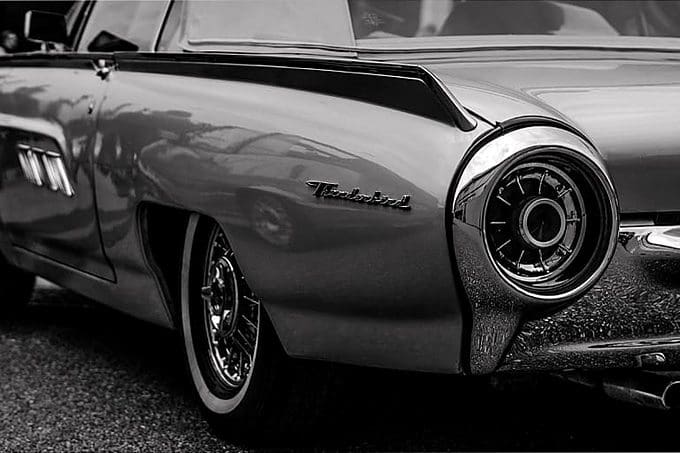words Al Woods
Unfortunately, many of us do not have the economic resources to change cars every seven years. We resort to the second-hand market and buy used vehicles. People with money are also interested in used cars, although they are buying valuable antique cars instead.
The market for antique cars is expected to be worth over $35 billion by 2023. Whatever your reason for owning an older car, you need to take care of it properly.
These vehicles must be reliable and relatively inexpensive to maintain. They are cars that deserve – and demand – care and attention if we want them to give us a good service.

You can do a lot to improve the aesthetics of your car—and the health of yourself and your passengers. For example, something as simple as window tinting can improve the appearance and reduce the amount of UV light in the car. Simply search for“auto window tinting near me” to find reputable local auto detailers.
However, you also need to prioritize regular maintenance with regards to more important issues. In this article, we will provide you with five tips to properly treat a daily car as it ages.
I don’t want you to think that this is just another generic “tips” article. On the contrary, it is an article written based on my experiences and accumulated knowledge as an antique car owner. My daily car is about 15 years old, but I know it will start and I know that it could be driven cross the country without any problem – despite having over 200,000 miles on the odometer. I also understand that a more modern car can take me everywhere much more comfortably, safely and efficiently. To deny the obvious would be absurd.
But if you treat your “old car” properly, it will give you satisfaction without draining your bank account. Let’s not deny the fact that older cars require us to be “on top” of them. They require a lot of preventive maintenance and care that we would neglect with a new car. Luckily, many repairs and maintenance is affordable and you can even carry them out with a few tools. You can easily take the plunge and change your car’s oil yourself.
Without further ado, let’s explain how to treat an antique car if you want it to be with you for many more years to come.
1) Drive smoothly
The health and physical endurance of an antique car are not the same as when it was new. Some mechanical components or undercarriage parts may have started to become loose and the thousands of temperature changes it has endured over the years have caused plastics and rubber components to harden, making them brittle. You must remember that older cars were not designed to the micrometer tolerances of a modern vehicle, nor were they subjected to exhaustive durability and endurance testing. Unnecessary overexertion – such as spending a long time driving at high speed or overly aggressive driving – can cause your car to break down.
To avoid these types of unexpected events it is advisable to treat the car gently and use a recommended sanitation of rubber components and vacuum hoses. You should have the engine run for around a minute before starting the vehicle and move the gearshift gently without rushing it. You should avoid driving over bumpy areas if possible and drive carefully over bumps if you have no other choice. Think about the tips we give you to properly treat clutch or suspensions in a modern car and redouble the level of attention and care.
2) Advance oil changes and maintenance: take care of your health
My daily car has a diesel engine with almost 250,000 miles on it. Although the brand stipulates oil changes at 8,000-mile intervals, I change its oil every 6,000 miles instead. You don’t need to change it every 3,000 miles as some believe. An antique car engine dirties the oil more quickly. Its internal components develop slight looseness over the years and kilometers, making lubrication play a key role in its proper functioning. Personally, I use a specific oil for high-mileage engines. In the formula of this oil there are certain components that improve lubrication and slow down as much as possible the inevitable wear of its components.
Make sure that your car uses the oil that corresponds to it, according to the specifications recommended by the manufacturer. Don’t forget that the car has other fluids and filters that deserve your attention. Change the air and fuel filters when the manufacturer specifies it, without forgetting the pollen filter in the passenger compartment. Do not forget to check the level of antifreeze and brake fluid.
3) Keep an eye on the oil level and oil consumption.
In addition to bringing forward the oil changes, every two weeks I check the engine oil level. It is normal for an aging engine to consume some oil. In my case, it consumes a little more than half a quart between oil changes. It is not a worrying consumption, but it is necessary to know that it exists and to refill oil when we see that the level is low – I always carry a can of oil in the trunk. Few things are worse for an engine than driving with an insufficient oil level. Remember to check the oil level after a long trip or a more sporty ride.






